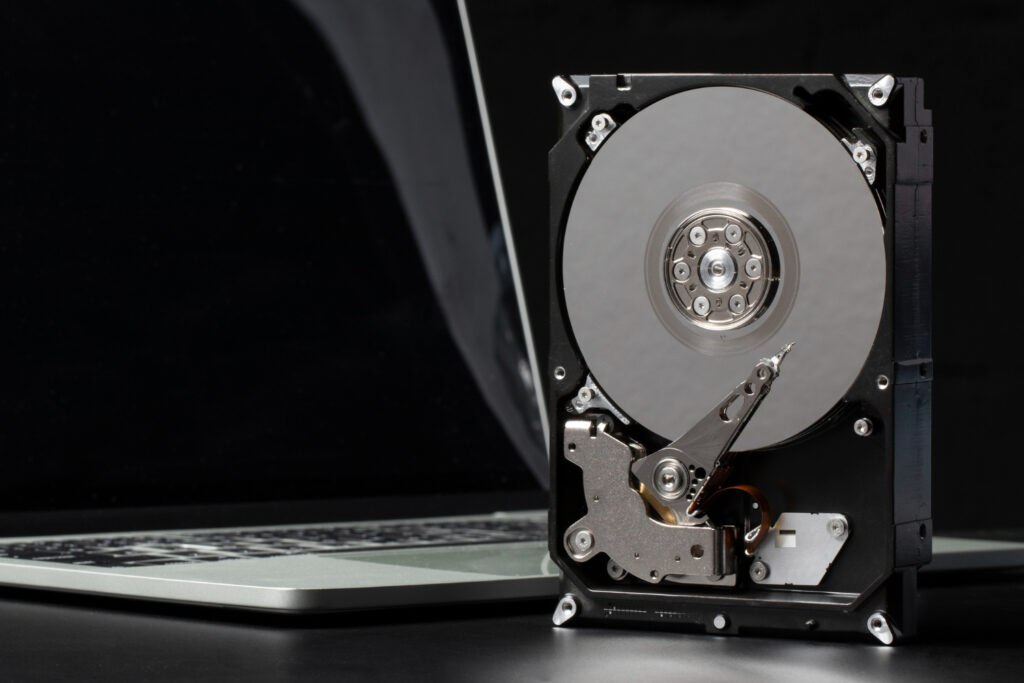We understand that many users may wonder what happens if they delete the recovery partition in Windows 11/10. Although it may seem like a harmless task, deleting the recovery partition can have serious consequences that may affect the overall functionality and stability of your operating system.
However, you may have wondered what will happen if you delete the recovery partition in Windows 11/10. Would this have a significant impact on your system’s performance, or would it be no problem at all? Let’s find out.
Essentially, the recovery partition is a section of your hard drive that contains system files, drivers, and other essential items needed to repair and restore your Windows operating system. This partition is usually created during installation and is accessible from the Advanced Boot Options menu.
If you delete the recovery partition, you will not be able to use Windows 11/10 recovery tools. This means that if you encounter any error or problem, you will not be able to use the recovery partition to fix it. Instead, you have to use third-party tools or reinstall Windows 11/10 from scratch, which can be time-consuming and difficult.
Additionally, deleting the recovery partition can significantly reduce system performance. The recovery partition stores important system files including drivers, system images, recovery tools, etc. For storage. These files are essential for the proper functioning of the system, and deleting them can cause system instability or unexpected crashes.
How to delete the recovery partition in Windows 11/10
Windows 11/10 users may notice that their computer has a recovery partition that takes up a significant amount of hard drive space. Although this section is useful in some cases, it is often unnecessary, so you can delete it to free up space on your computer. This article guides you through the process of wiping the recovery partition in Windows 11/10.
Before you begin, it is important to remember that deleting the recovery partition is not recommended unless you are sure that you will not need it in the future. The recovery partition is designed to help you recover your system in case of serious problems, and deleting it may make it more difficult to restore your computer to its original state. If you are certain that you no longer need the recovery partition, you can proceed with the following steps:
Step 1: Check if your computer has a recovery partition
The first step is to check if your computer has a recovery partition. To do this, open the Disk Management utility by right-clicking on the Start menu and selecting “Disk Management.” Look for a partition labeled “Recovery” that is typically located at the beginning of the disk.
If you do not see a recovery partition, then you do not need to proceed with the following steps.
Step 2: Backup your computer
Before proceeding with any changes to your computer, it is always recommended to back up your important files and data. This will ensure that you do not lose any important information in case something goes wrong during the deletion process.
Step 3: Delete Recovery Partition
As you know, Windows Disk Management does not allow you to delete the recovery partition, but you can delete the partition from the command line using Diskpart.exe. You can wipe the recovery partition using the Diskpart utility by following these steps:
- Press the Windows + R key to open the Run Box
- Type the
diskpart.exeand Press Ctrl+Shift+Enter to open Diskpart Utility. - Run the following commands one by one.
list disk
select disk 0
list partition
select partition 4
delete partition override- list disk:- use this command for the disk number.
- select disk 0:- choose the appropriate disk. In our example, the «disk number» is 0.
- list partition:- use this command for the partition number.
- select partition 4:- choose the appropriate disk. In our example, the «partition number» is 4.
- delete partition override:- use this command to delete the partition.
Step 5: Extend the main partition
After deleting the recovery partition, you will need to extend the main partition to reclaim the space that was previously allocated to the recovery partition. To do this, right-click on the main partition and select “Extend Volume.” Follow the prompts to extend the partition to the desired size.
And that’s it! You have successfully deleted the recovery partition in Windows 11/10 and reclaimed the space it was using on your hard drive. Remember, this is a permanent change that cannot be undone, so make sure that you are certain that you no longer need the recovery partition before proceeding with these steps. As always, backup your important files and data before making any changes to your computer.
Read These Post:-
- How to Fix MCA emSigner Error “Failed to start emSigner Service”
- How to Increase OST and PST File Size in All Outlook Versions
Conclusion
Suppose you decide to delete the recovery partition. In that case, you may find that you are unable to access certain system recovery features, such as the System Restore tool or the Refresh and Reset options. Additionally, suppose you encounter any problems with your operating system, such as a corrupted system file or a malware infection. In that case, you may be unable to restore your system to a previous state without the recovery partition.
While it may be tempting to delete the recovery partition in Windows 11/10 to free up space on your hard drive, it is not recommended. The recovery partition is a critical component of your operating system that is necessary for repairing and restoring your system in the event of a problem. If you do decide to remove the recovery partition, it is important to understand the potential risks involved and to proceed with caution. I highly recommend that you keep the recovery partition intact to ensure the stability and functionality of your operating system.
